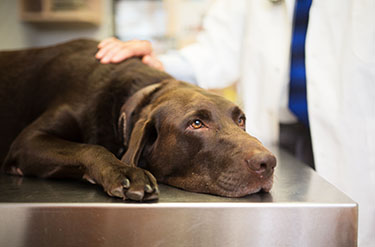Iatrogenic Cushing's Disease In Cats
Feline hyperadrenocorticism (cushing’s syndrome) feline hyperadrenocorticism (hac) is a rare condition in cats. The excess cortisol is responsible for the clinical signs and abnormalities seen with hyperadrenocorticism (“cushing’s syndrome”).
Cushings Disease - Hawthorn East Vet
Cushing’s disease (or syndrome) is not a common problem for cats and tends to occur in middle aged and older cats.

Iatrogenic cushing's disease in cats. This is a very different problem than naturally occurring cushing’s disease. By comparison, iatrogenic cushing’s syndrome in cats is rare. If the syndrome is induced by prolonged or excessive steroid usage it is known as iatrogenic cushings.
Iatrogenic cushing’s syndrome is extremely common among people and dogs. Clinical signs are similar to those of dogs, whit the exception of polyuria and polydypsia, which are usually absent. The adrenal glands are very small relative to the weight of the animal and are part of the endocrine system.
It is much more common in the dog, but it can be diagnosed in the cat as well. Cushing disease, or pituitary hyperadrenocorticism, is a common endocrine disorder of dogs and a rare disorder of cats. Iatrogenic hyperadrenocorticism in a cat following a short therapeutic course of methylprednisolone acetate.
Hyperadrenocorticism is also known as cushing’s disease or cushing’s syndrome. Hyperadrenocorticism, more commonly referred to as cushing’s syndrome is the overproduction of cortisol in the body. The only time when this presents a.
Prednisone reduction will eventually reduce cushing’s disease. It can also be caused by overuse of steroid treatments, such as prednisone. Hyperadrenocorticism can also be caused by an adrenal tumor (at).
Spontaneous onset cushing's syndrome (cs) is more rare in cats than in dogs. Iatrogenic cushing’s disease is cushing’s disease caused by using corticosteroids such as prednisone to treat aiha imha and bone marrow failure. This is most often caused by an abnormality of the pituitary gland (located at.
It is an uncommon disease in cats that develops when there is a persistent excessive production of the hormone cortisol from the adrenal glands (located close to the kidneys in the abdomen). Cystotomy for bladder stones in dogs and cats. Cutaneous lesions include patchy alopecia, easily epilated hair, dry seborrhea with dull hair, and in some cases increased fragility of the.
Cuterebriasis is a parasite causing skin infections in dogs and cats. But it can also be cushing's disease when the problem is due to a pituitary adenoma. However, when cushing's syndrome is due to the use of corticosteroids, the number of cases is slightly higher.
Clinical signs of cushing disease, such as polydipsia or polyuria, are similar between cats and dogs, with the exception that cats are more likely to have concurrent diabetes mellitus and skin fragility. Both iatrogenic and spontaneous cushing's disease are rare in cats. Spontaneous hac is associated with increased production of endogenous steroid hormone (cortisol) by the adrenal cortex.
This is how most cases of cushing’s disease in cats have been discovered. Pet is being given a cortisone containing medication and develops symptoms of cushing’s disease it is referred to as iatrogenic cushing’s disease. The distinguishing clinical features of cushing's syndrome in the cat include very friable skin, a high incidence of diabetes mellitus, and the general absence of steroid hepatopathy.
Hyperadrenocorticism, or cushing’s disease, is a condition in which the adrenal glands overproduce and secrete the hormone cortisol. The disease (when not caused by steroid usage) affects mostly middle aged to older cats, with females more often being the target. Iatrogenic hyperadrenocorticism is caused by the exogenous administration of glucocorticoids.
This is called iatrogenic cushing's syndrome. The endocrine system is a collective system of glands that helps produce and secrete hormones in the body. Degenerative myelopathy leads to paralysis of dog's hindquarters.
Within this intricate system are the adrenal glands. Among the major differences regarding cushing’s syndrome when comparing species is the relative frequency of iatrogenic disease.

Cushings Disease Hyperadrenocorticism Bishops Stortford Vets

Could It Be Cushings

Can Cats Get Cushings Disease Matthews Veterinary Neurologists Carolina Veterinary Specialists

Cushing Syndrome Hyperadrenocorticism - Endocrine System - Merck Veterinary Manual

What Is Cushings Disease - Blog

An In-depth Look At Cushings Disease In Dogs Vetdepotcom Vet Medicine Vet Technician Veterinary Tech
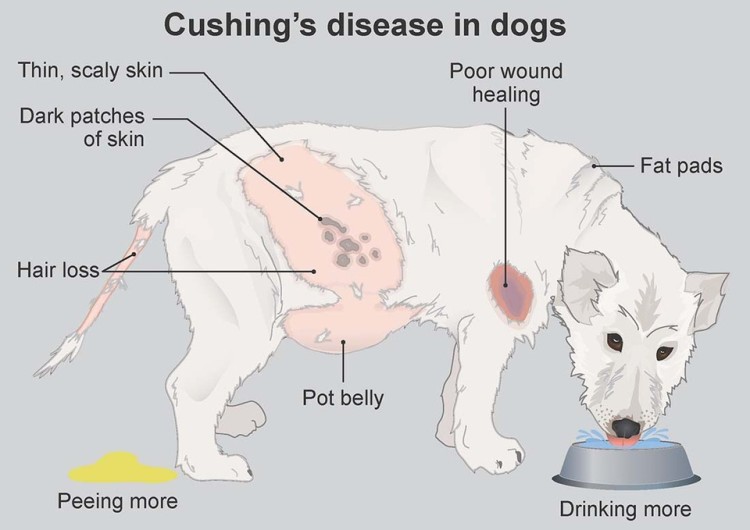
Cushing Disease In Dogs Symptoms Treatment And How To Save On Costs Pawlicy Advisor

Cats Cushings Disease Symptoms Causes Diagnosis And Treatments - Animals Pedia

Hyperadrenocorticism - Cushings Disease In Cats Carolina Veterinary Specialists Winston-salem Vet
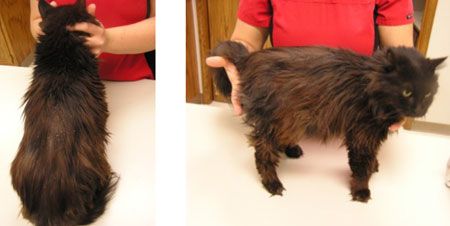
The Feline Facets Of Cushings Disease

Cushing Disease In Pets Metabolic And Hormonal North Nowra Vet

What Is Cushings Disease - Mayne Vets
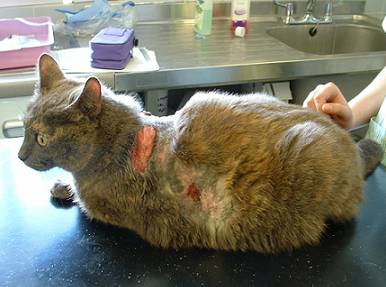
Hyperadrenocorticism Cushings Disease International Cat Care
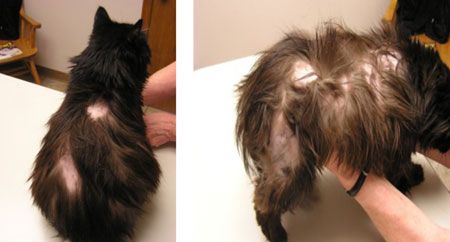
The Feline Facets Of Cushings Disease
Cushings Disease In Pets Signs Symptoms Risk Factors How To Treat

The Feline Facets Of Cushings Disease

Cushings Disease In Cats Carolina Veterinary Specialists Internal Medicine Vet In Charlotte

Dermatology Clinic For Animals Cushings Disease In Tacoma Wa - Dermatology Clinic For Animals
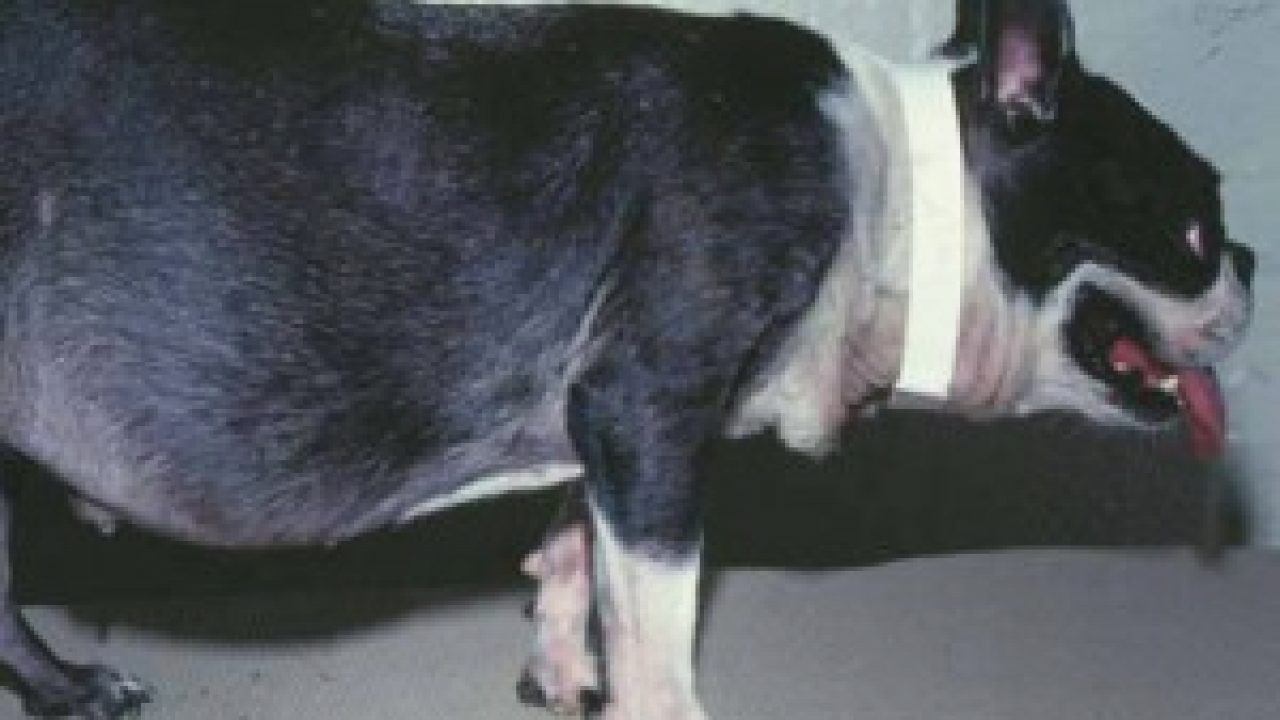
Cushings Disease In Dogs - Symptoms Causes And Treatments
